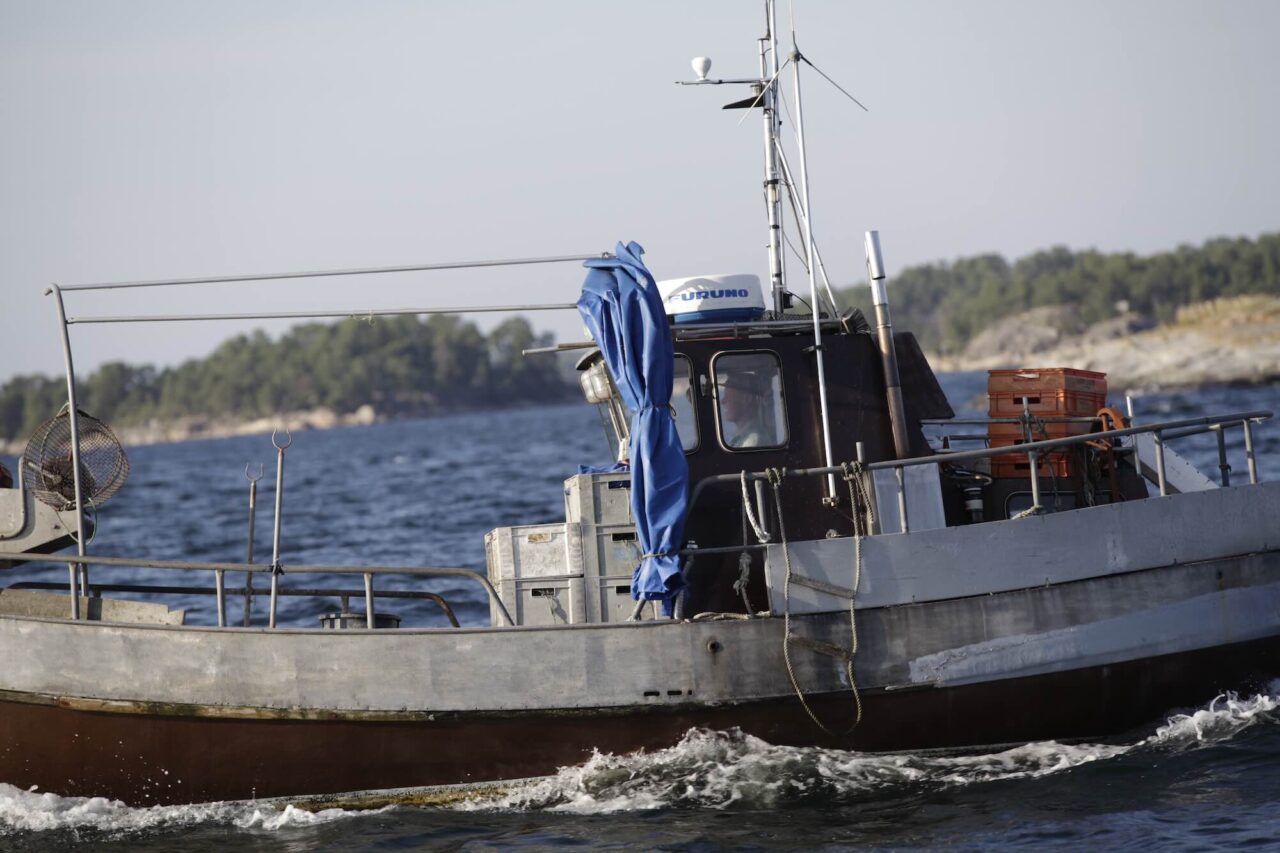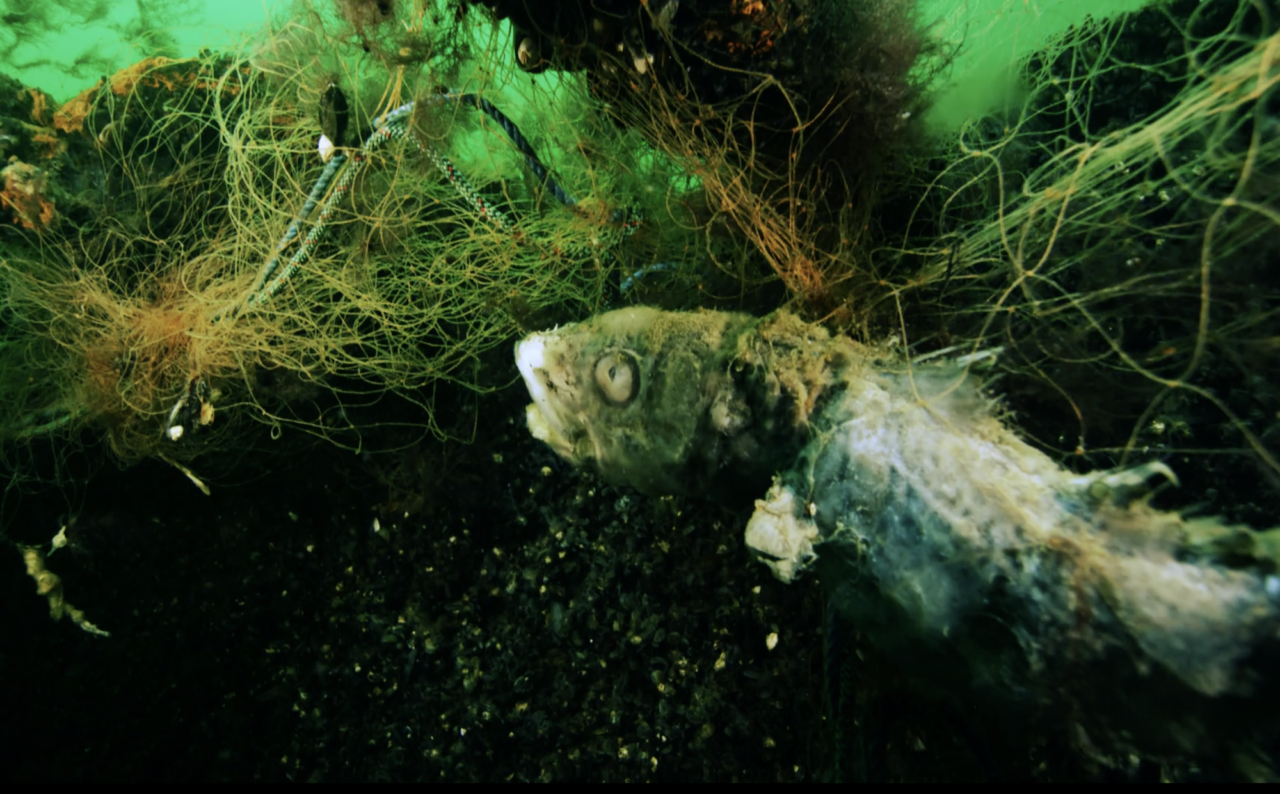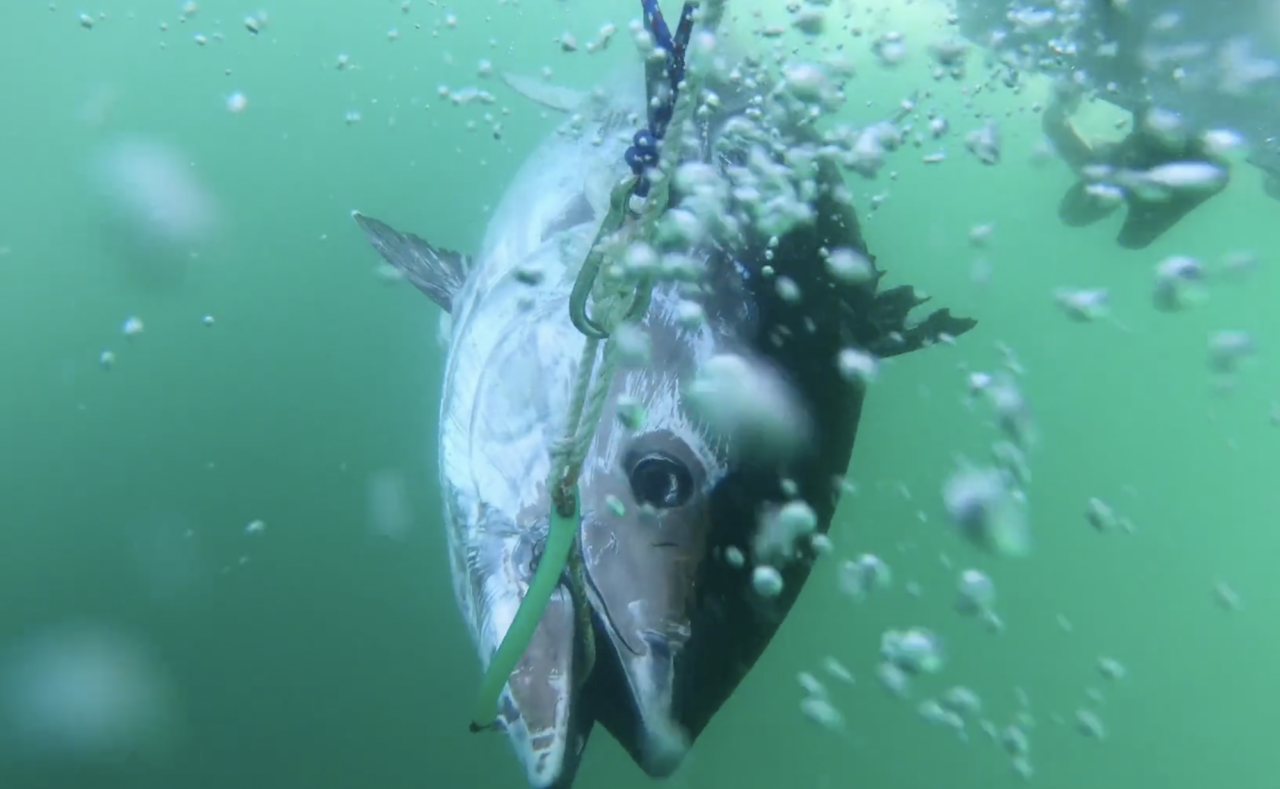
Humanity has always sourced food from the sea. And fishing is an ancient way of doing so that can be traced back to the early Stone Age around 40,000 years ago. In the last 100 years, fish stocks have dramatically declined in the Western Sea and the Baltic Sea. And in most cases, overfishing is considered to be the major cause.

Last May, we joined sport fishing guide Peter Berggren for a day of pike fishing in the Stockholm archipelago. Little did we know that our trip would be filled with more than just fishing. Throughout the day, Peter shared his musings about the cormorant, the seal, the pike, and the trawlers, leaving us with much to contemplate long after the trip ended.

I grew up by the sea and spend every summer in the archipelago. For me, catching fish is natural, on a hook or in a net. Although I like the fight during the drill, I have always fished for food. But I have never thought about what the fish feels or by what right I fish for my own pleasure. Until a year ago

As fish stocks decline in the Baltic Sea, so does competition increase – does anyone have more rights to the fish resource than anyone else?

It can be difficult to distinguish between the different fish in a large shoal in the sea. But the researchers agree that they are teachable individuals, and that they are fully capable of feeling pain

Millions of Swedish recreational fishermen want to save endangered species by releasing caught fish, so-called catch-and-release. But what happens to all those fish that are hooked, photographed and released back? The issue of whether fish feel pain is a controversial topic, not least among anglers

Deep Sea Reporter on research expedition at Skagerrak, to catch and tag the protected bluefin tuna